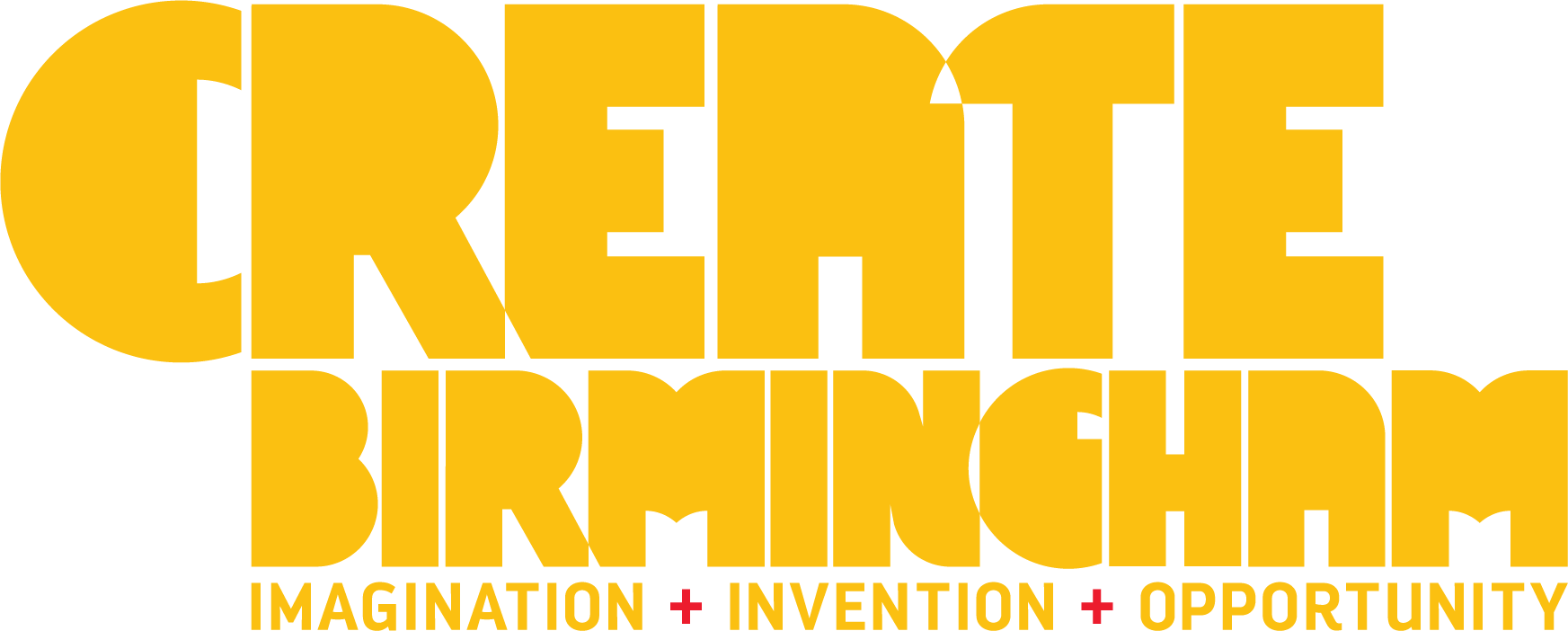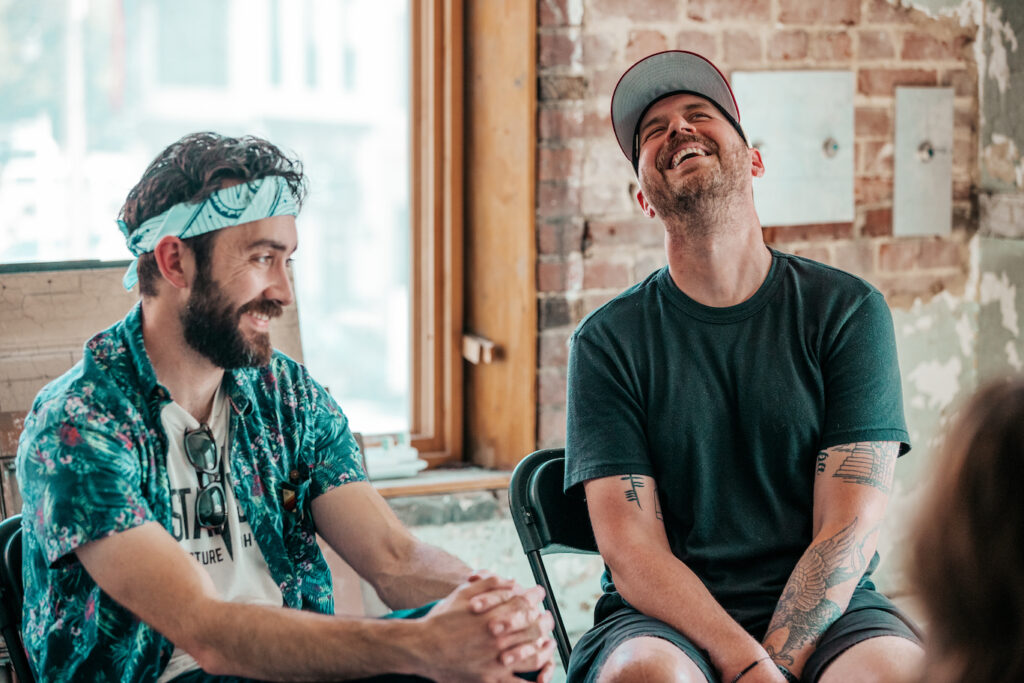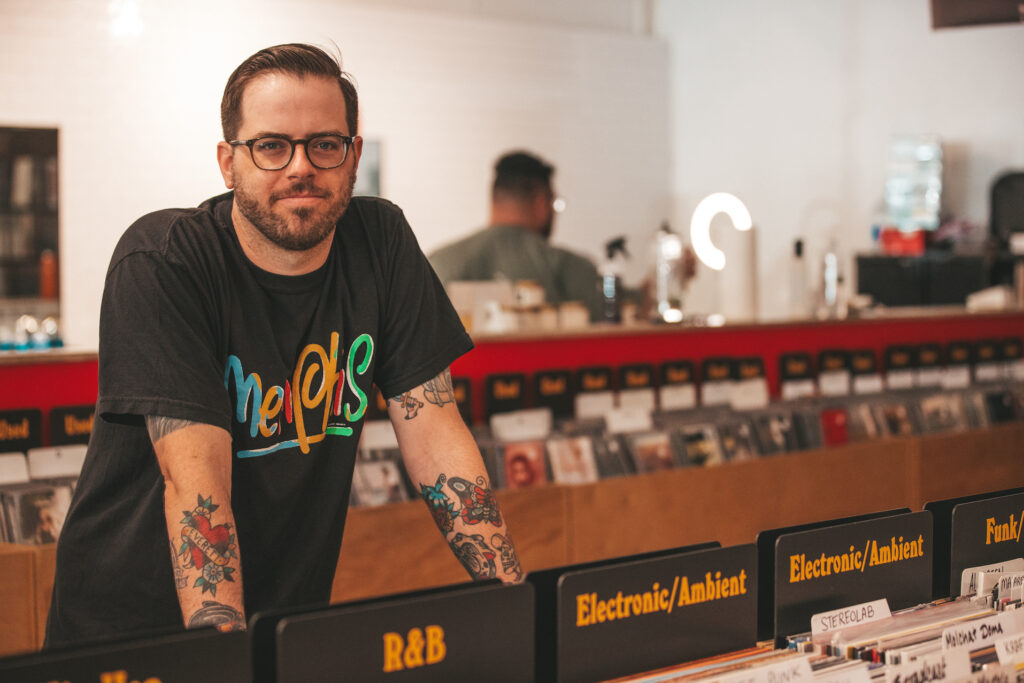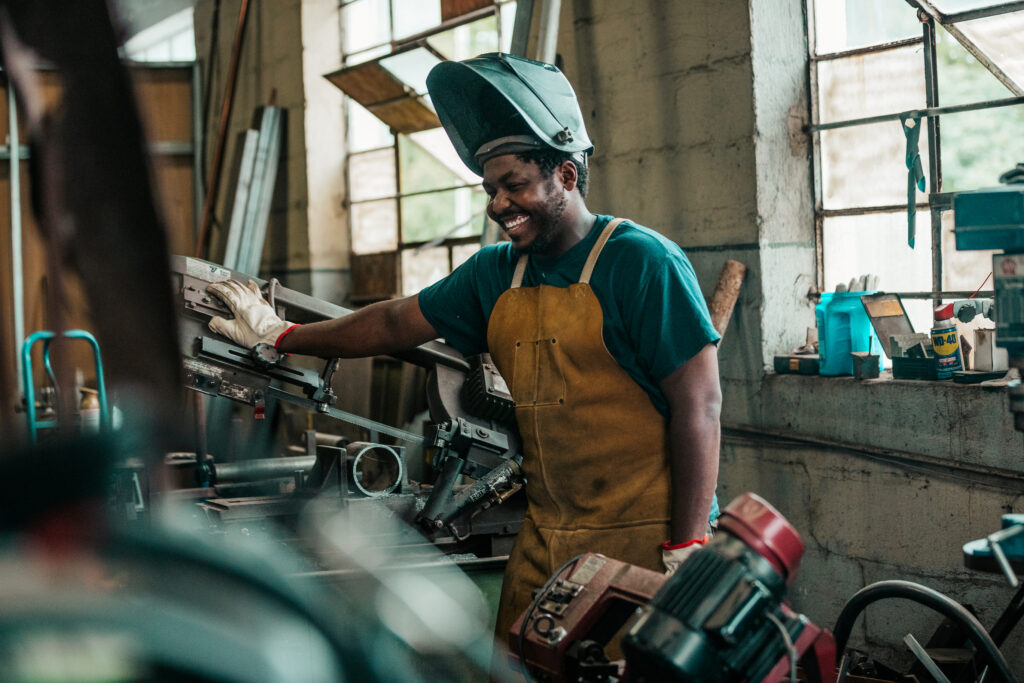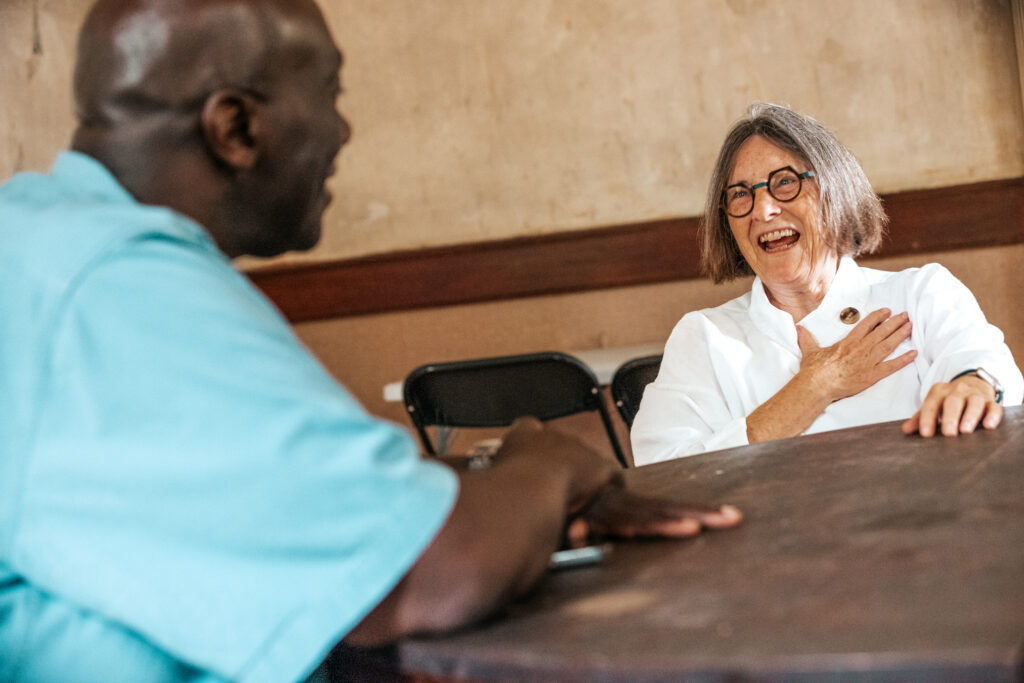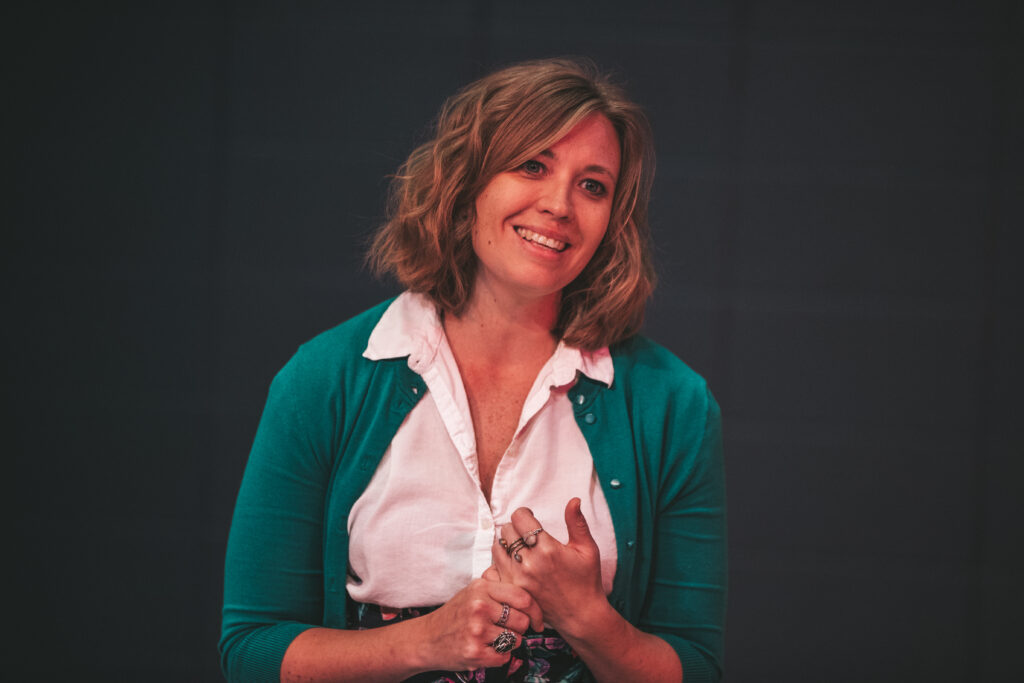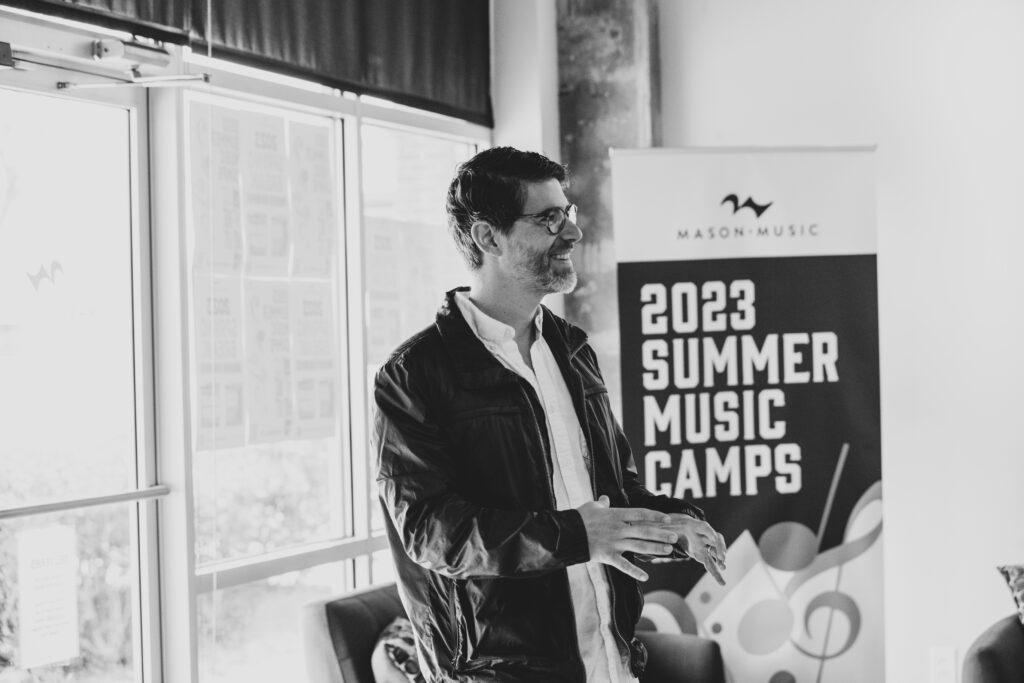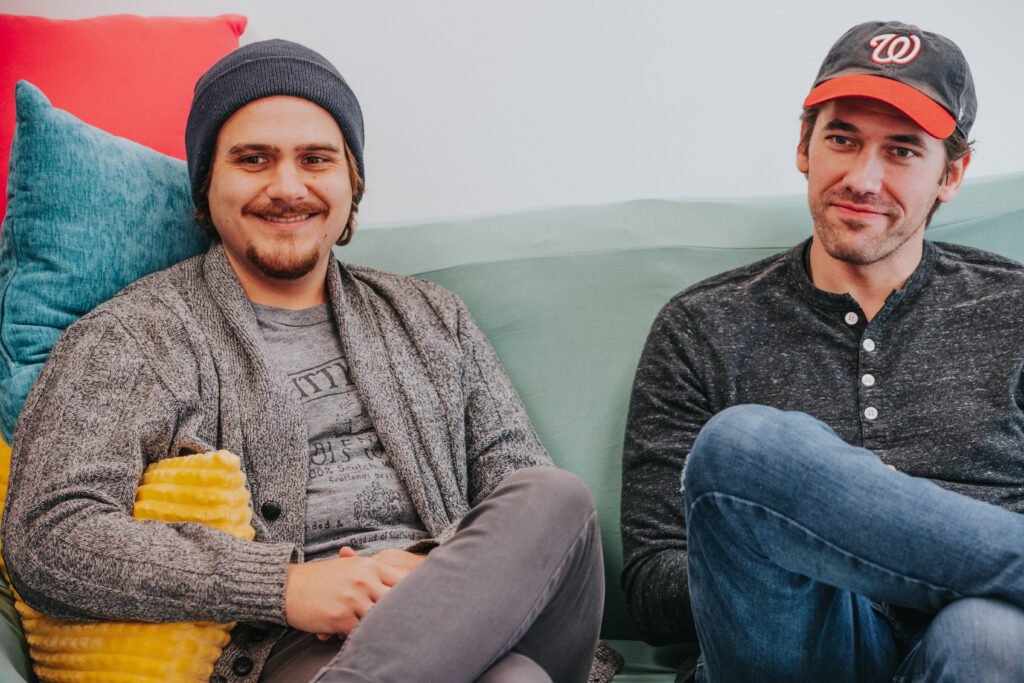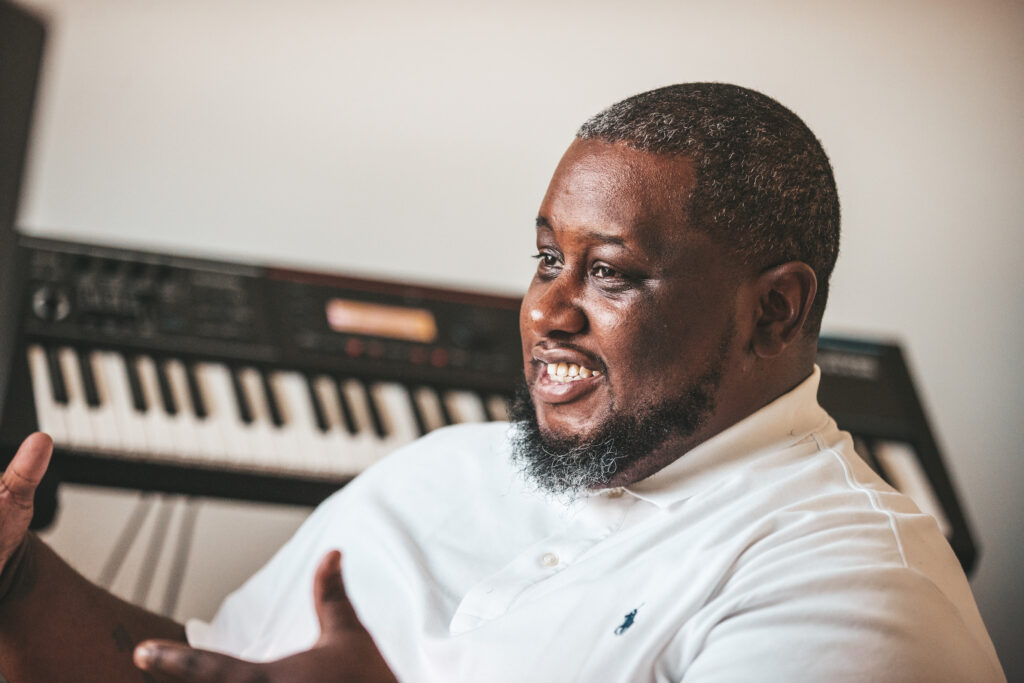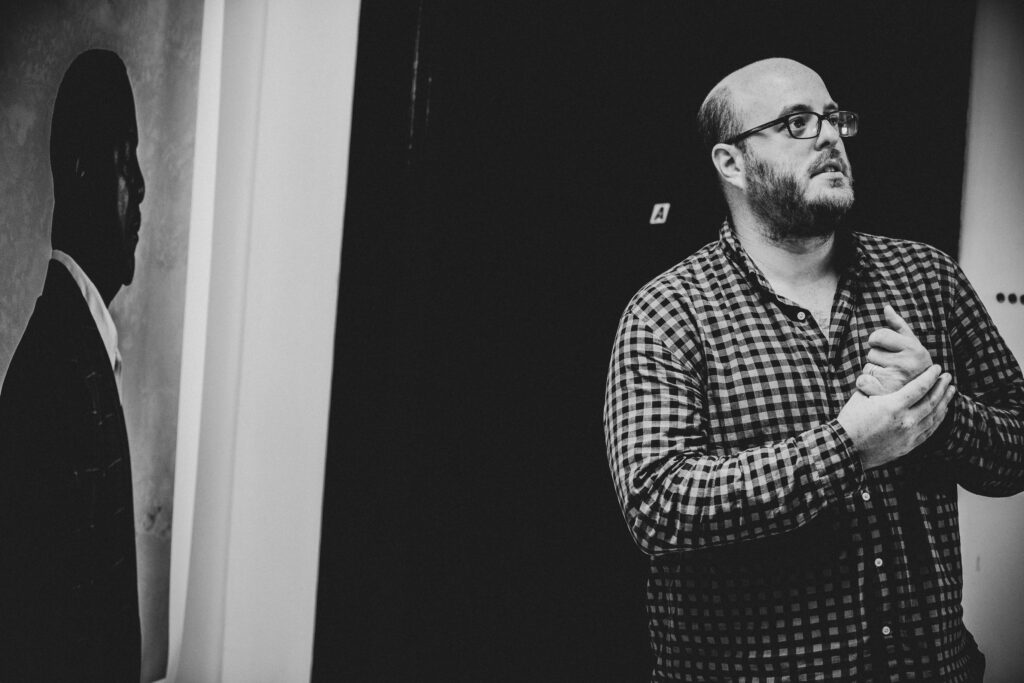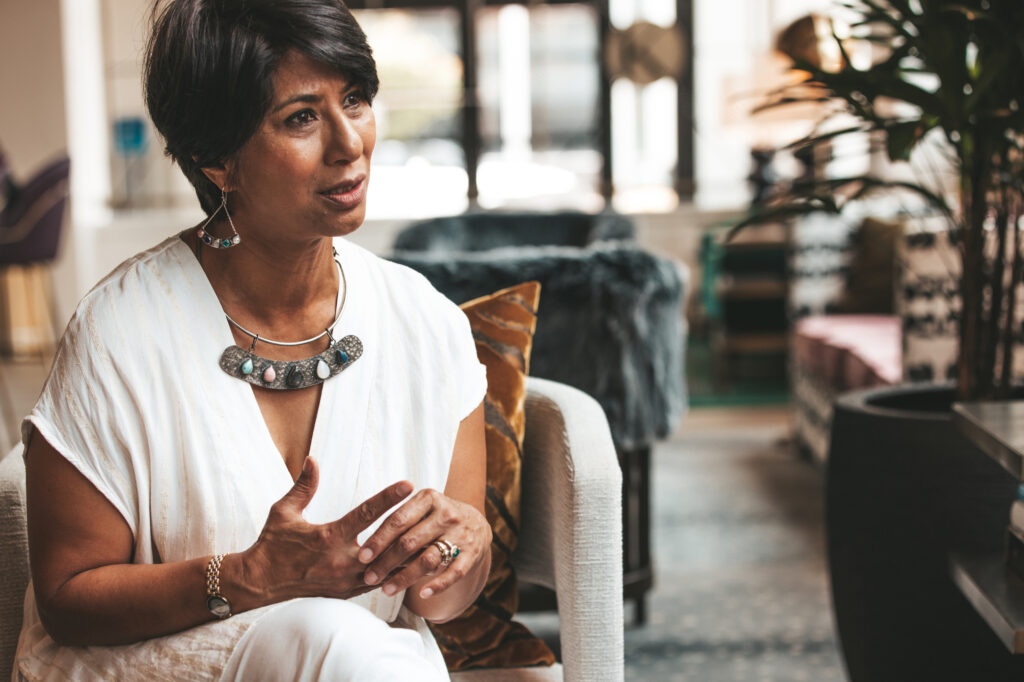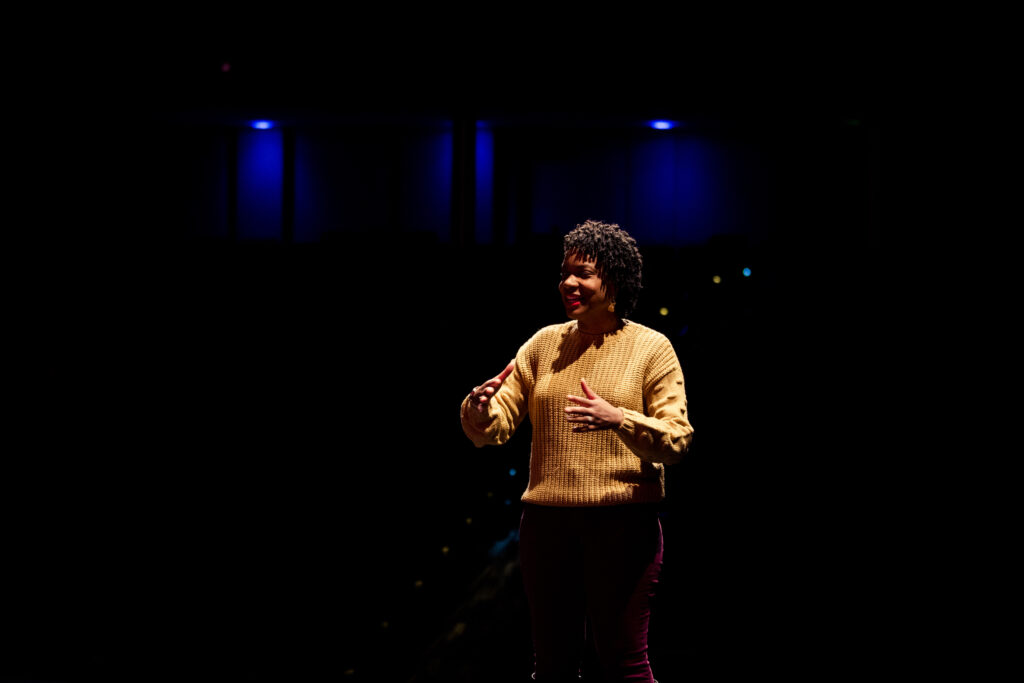Interview by Tonia Trotter
Photos by Ambre Amari
Last month, Create Birmingham welcomed our new President and CEO Meghann Bridgeman. With over 13 years of nonprofit leadership experience, Meghann has excelled in developing community partnerships and building organizational capacity through program management, fundraising, and strategic planning. Before joining Create, she served as Vice President of Social Ventures at Per Scholas — a national organization focused on advancing economic equity through training traditionally underrepresented talent for high-growth tech careers.
Meghann spent a decade as the Artistic Director and Chief Operating Officer of the San Angelo Civic Ballet in San Angelo, Texas, where she was also a founding board member of the San Angelo Performing Arts Center. As a performing artist herself, Meghann was a dancer with the Alabama Ballet, Ballet Austin, and attended Alabama School of Fine Arts where she studied dance. Now, as she returns to Birmingham, Meghann shares the experiences that have shaped her as a creative professional and a leader, and what motivates her to be the change she wants to see in the world.
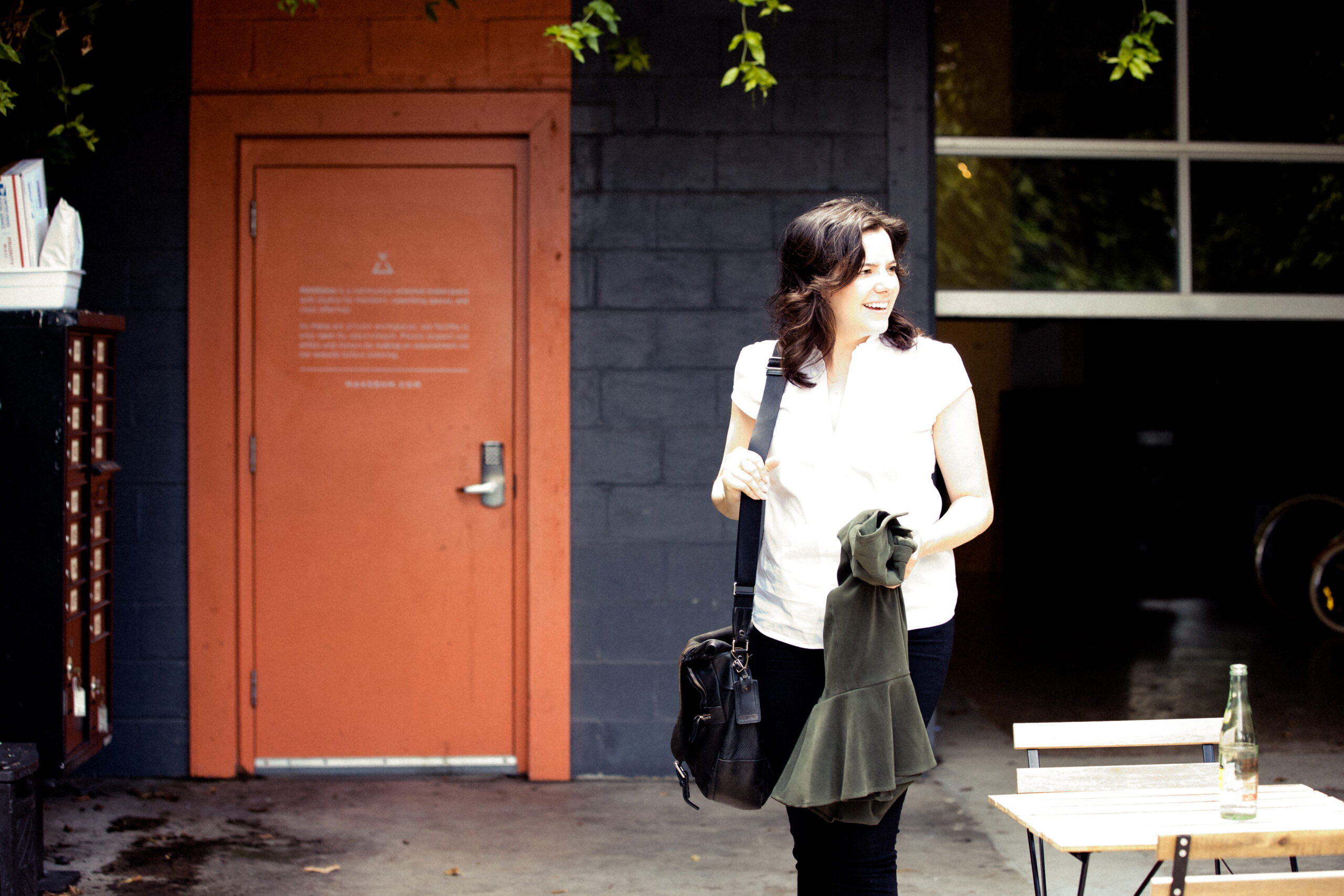 You’ve been driven from an early age — growing up within the arts and culture sector as a performing artist. How did those formative experiences set the trajectory for a career in nonprofit leadership?
You’ve been driven from an early age — growing up within the arts and culture sector as a performing artist. How did those formative experiences set the trajectory for a career in nonprofit leadership?
I started ballet when I was three. I was a very young person who knew what she wanted, and by age seven, I’d decided that I wanted to dance professionally. I never even ventured into other forms of dance because I knew ballet was what I wanted, and I got to be good at it. I was in the studio all the time, and when I was 12, I enrolled at Alabama School of Fine Arts. I spent some time with the Nashville Ballet before returning to Birmingham to dance with the Alabama Ballet.
I briefly lived in New York to audition for American Ballet Theatre, but after a valiant effort ended up dancing at Ballet Austin in Texas. I was there a couple of years before I had the opportunity to become the Artistic Director of the Civic Ballet in San Angelo, Texas.
Ballet careers are hard, and mine was short-lived. Once I made my way into a directorship role, my passion for the art was reinvigorated! It was a whole new way to explore dance. I shifted my focus to education and curriculum development. We were a civic ballet company, and that was my foray into learning how to run a nonprofit. I think what’s unique about my particular artistic journey is that it was multifaceted. I got to experience every perspective of my art form — student, professional, director, teacher, administrator and choreographer. That’s a privilege — to be able to get to know your craft from every angle. Some positions were influential, and some weren’t at all. That has shaped the way I view, experience and appreciate art.
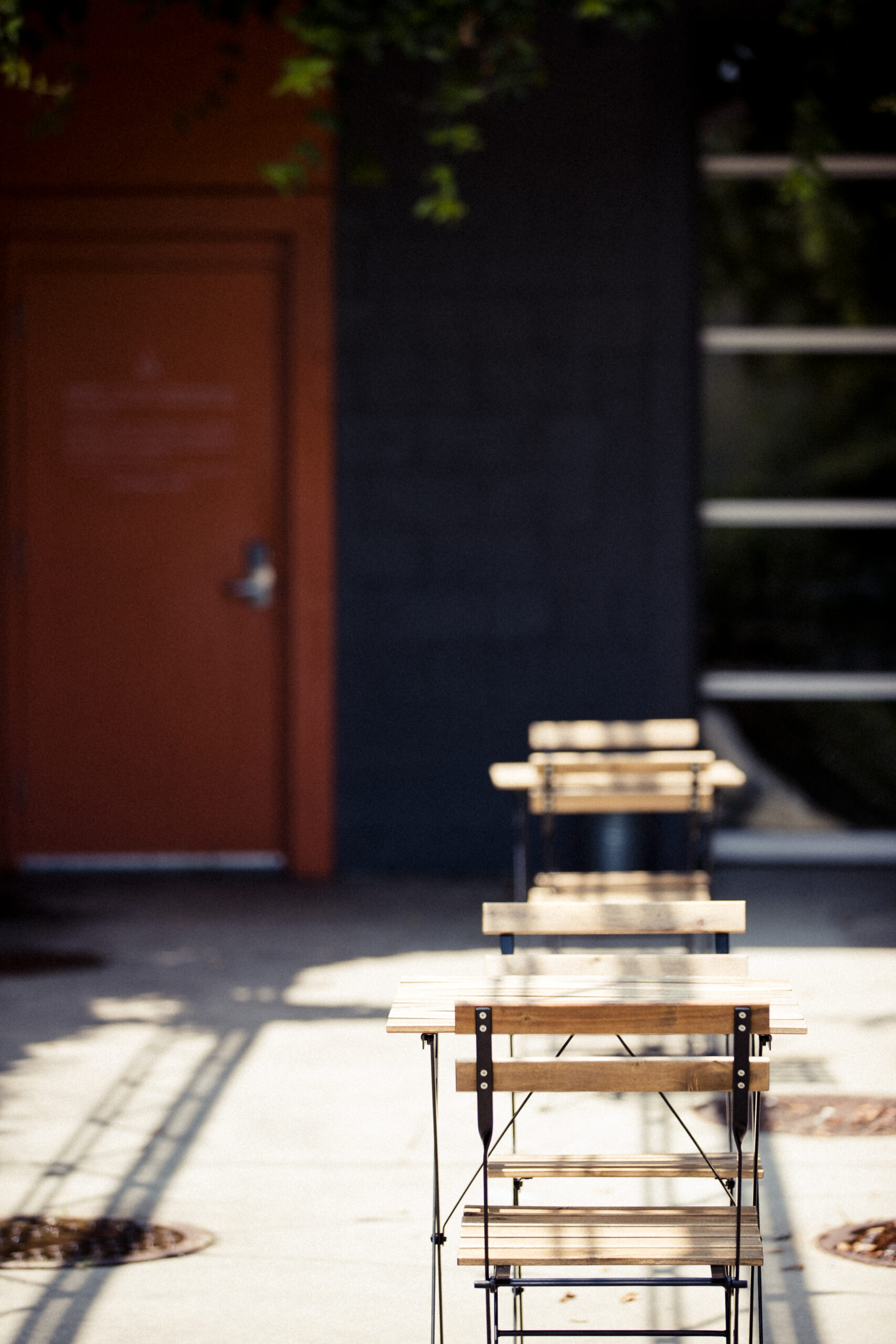 That multifaceted experience gave you a unique perspective that shifted you into another phase of your career — marrying business and your passion for arts and culture. What was the catalyst for your next step?
That multifaceted experience gave you a unique perspective that shifted you into another phase of your career — marrying business and your passion for arts and culture. What was the catalyst for your next step?
I spent ten years directing the San Angelo Civic Ballet. During that time, I was studying philosophy and sociology. We did this big capital campaign to build a beautiful performing arts center, and at the end of ten years, I began to question what might come next. I began to think about what I hadn’t done and what I could explore in terms of quantitative flexing, so I decided to get my MBA from Southern Methodist University. They had a program where you could also earn your MA and get dual degrees over two and a half years. It was the marriage of both worlds, and I felt at home bringing in my arts and culture background while being immersed in the corporate environment. It was a great experience! I even got to spend a semester in Milan immersed in the arts and cultural scene.
After I graduated, I was armed with all these new tools. That’s really when my pivot happened. I wanted to try something different again, and I wanted to do work that felt more urgent, and anything that was working towards community equity spoke to me. I found Per Scholas, which was an organization focused squarely on economic equity and workforce development in the tech sector. Although it wasn’t a career path I’d explored before, I was fortunate to join the organization where I spent four years doing work I cared about and enjoyed.
 You worked towards creating economic equitability in a sector that isn’t always known for its accessibility. What personal factors motivated you professionally?
You worked towards creating economic equitability in a sector that isn’t always known for its accessibility. What personal factors motivated you professionally?
When I was finishing school, a lot was happening politically that made me deeply consider the role I wanted to play in leadership. I saw what I didn’t want to be a part of. The arts had always been an inclusive, open, and progressive field, in my experience. I thought that if I wanted to see and be a part of real change, working towards economic equity might have a higher priority response. I wanted and still want to work towards leveling the playing field.
There was certainly a crossroad where I had to choose what I wanted to pursue. At graduation, we were encouraged to pursue the highest paid opportunities, and maybe I could have taken that route. Or I could have gone back to the arts and culture sector exclusively. But I felt like there was a place in between where I could use all these new tools to support my passion and address inequities that are so apparent.

Success involves learning from “failures.” What have you learned along the way, and what advice would you share when it comes to rethinking the way we view success versus failure?
Some of my most impactful lessons have come from things that didn’t work out. I have heard “no” a lot — from a young age as an artist and throughout my career. Sometimes “no” actually means “not yet” or “not that way.” I’ve learned not to internalize the setbacks and keep an informed spirit. Whenever I have to find the courage to try something that might lead to a new failure, I ask myself two things: first, is the risk of staying the same greater than the risk of change? And second, will going for it help me eliminate the question of what if – no matter the outcome?
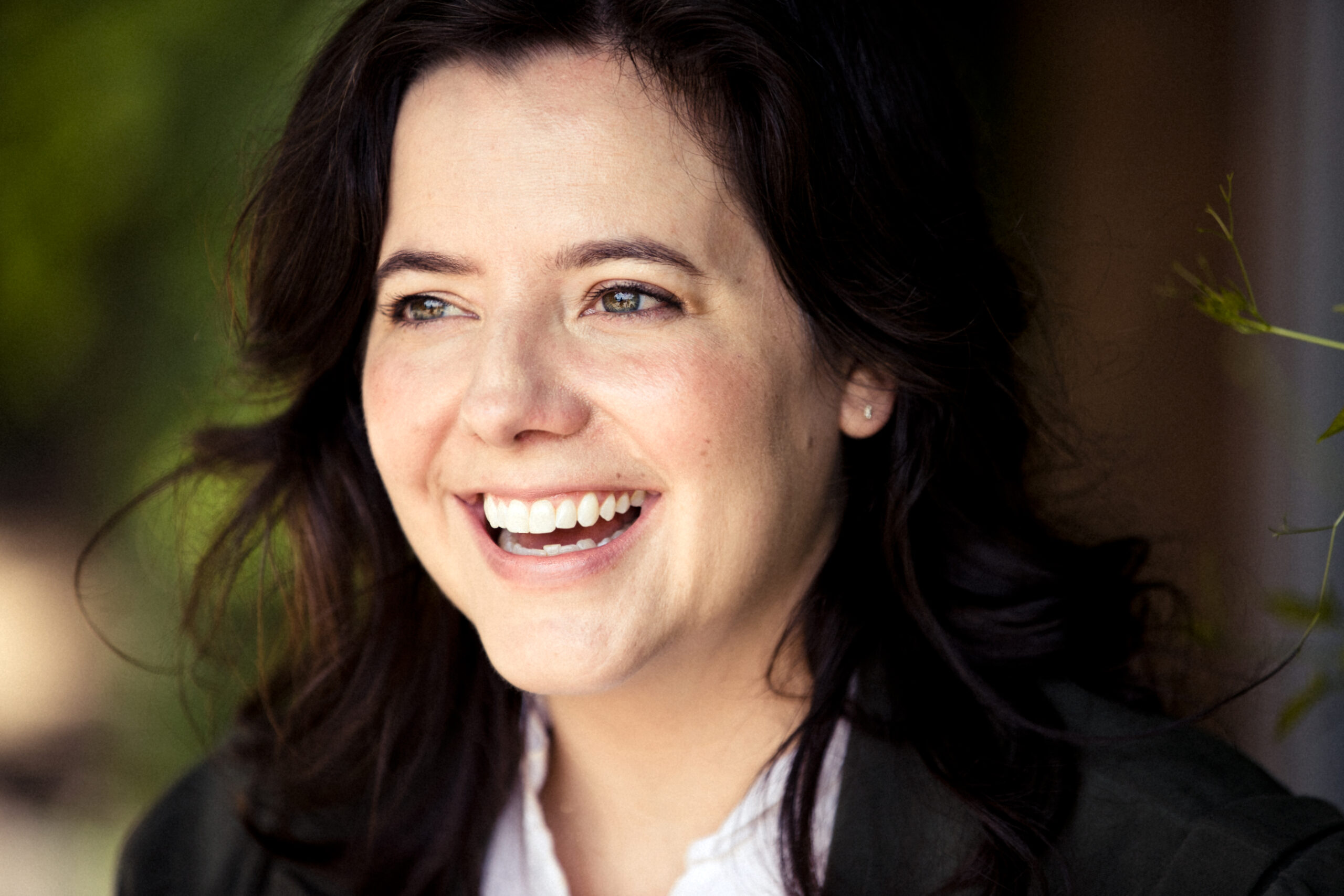 Like most working parents, you shifted during COVID to work from home with a young child also at home. What was that like for you? How did it affect your vision for your work-life blend and lead you to Birmingham?
Like most working parents, you shifted during COVID to work from home with a young child also at home. What was that like for you? How did it affect your vision for your work-life blend and lead you to Birmingham?
My husband James and I have a two-year-old son, Julian. As parents everywhere now know, working from home while parenting a toddler during COVID was incredibly challenging! We had some sense of community in Dallas, but we felt the sting of isolation and got to a point where we wanted to reprioritize and restart. My family is from Huntsville, and Birmingham had a lot that stood out — a personal history, accessibility, affordability, a rich arts and culture scene, great food, and a beautiful landscape. We have been enjoying getting out and about as a family and feel reenergized in our new home!
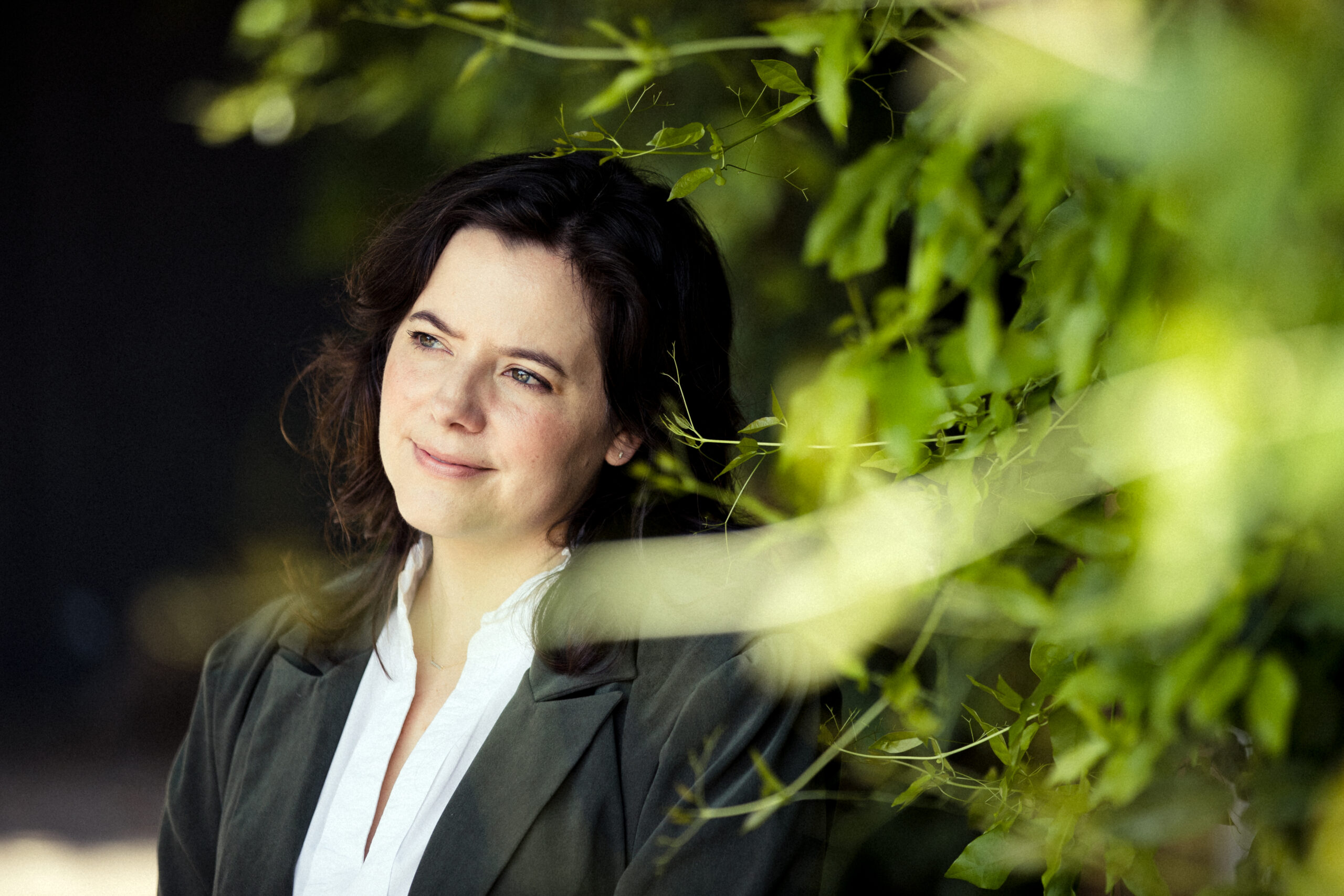 Speaking of working from home and parenting… you’re stepping into a leadership role at an organization run by working mothers. Why is that important to you? What do you hope to accomplish here in Birmingham?
Speaking of working from home and parenting… you’re stepping into a leadership role at an organization run by working mothers. Why is that important to you? What do you hope to accomplish here in Birmingham?
It’s really exciting to step into this position and lead an organization of women who are empowered and multitasking. That makes for a dynamic work culture. I think that voice has been underrepresented, and I’m eager to hear, echo, and support in this new role.
This city has such powerful historical relevance. And when I think about what I hope to accomplish in Birmingham, it’s to contribute to the progressive momentum so our creative economy is a prolific and accessible one – that celebrates our community stories and dissolves barriers. In simple terms, I strive to leave something better than I found it. And if I can do that in any small way, here in Birmingham, that’ll be an accomplishment.
